Fabian Cancellara's Specialized Shiv TT bike

Specialized and Saxo Bank's partnership is one of the most intimate between equipment sponsor and team in professional cycling. The companies united at the end of 2008 and the team became a priority for the large American bike manufacturer.
To clinch the deal Specialized had to offer more than its competitors. Not only did Saxo Bank become a priority for Specialized, particularly with the development of its products, but Saxo Bank were insistent that from any new sponsor it wanted the fastest and stiffest TT bike available. For Specialized this meant a new frame and fork, and it had to be ready for the 2009 Tour.
Working on an incredibly tight schedule, the Shiv came about in an astonishing seven months from drawing board to the Tour de Suisse, where Fabian Cancellara first raced the new machine. Interestingly, Saxo Bank had the option of an aero road or new TT bike and they chose the latter, maybe down to Cancellara being such a big figure in the team. Meanwhile, the SL3 road bike was already in development so two new machines were unveiled at the Tour.
The Shiv's eye-catching nose cone passes UCI regulations, as it is part of the structure of the bike. Serving to clamp the steerer at the top and bottom for added stiffness, it integrates with the specific aero bar and the front brake is built into the cone rather than the fork. The integrated bar passes the UCI three-to-one ratio and uses a spacer system to create the correct armrest height. It's incredibly stiff and provides ample bar to hold while remaining aerodynamic.
Specialized says this is the stiffest time trial frame it has ever built and the rear end uses a monocoque design similar to the SL3; coupled with Specialized's BB30 cranks this creates a super stiff platform for Cancellara.
Take a look at Cancellara's road bike from the 2009 Tour de France
Cancellara has also made some personal touches. Starting at the front, fine-tuning of the front brake is difficult with it hidden in the nose cone, so a modified SRAM brake lever has been drilled out to accommodate a barrel adjuster from a gear cable frame stop to aid fine-tuning. A special custom version of the Prologo Nago Evo TT has grippy urethane inserts bonded to the cover and has been branded with Cancellara's Olympic achievements.
The latest race content, interviews, features, reviews and expert buying guides, direct to your inbox!
Cancellara's mechanics have glued and shimmed the front mech to achieve a better shifting angle for the larger chainrings that the Swiss star often uses. Another smaller touch is the addition of a brake pad spacer glued to the frame to hold the Nokon cables in place. A Zipp ZedTech 808 front wheel couples with a Sub 9 disc to finish off this Worlds-winning bike.
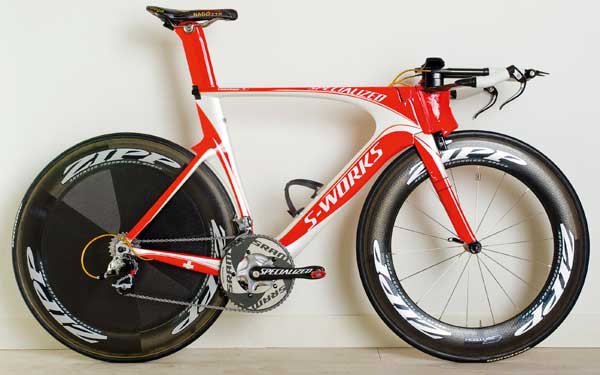
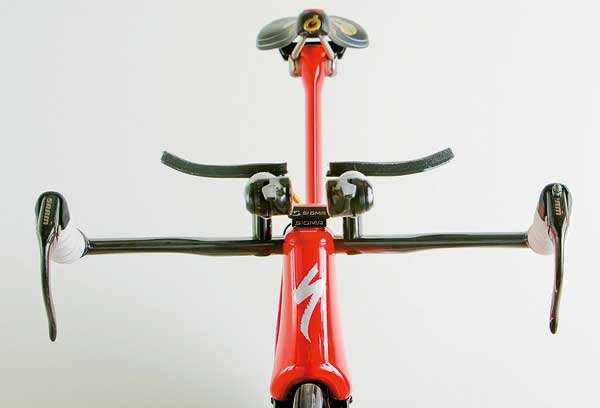
The front of the Shiv may not be as narrow but it is aero. Every piece of equipment that is first to hit the wind is as minimal as possible.
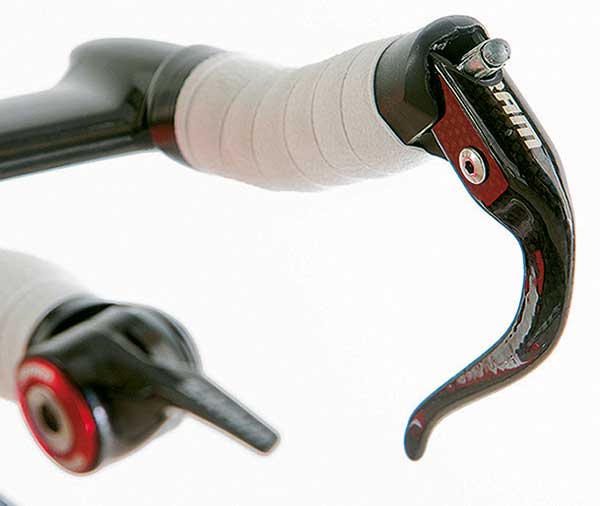
Cancellara has a customised front brake lever meaning the hidden brake caliper can be adjusted from here.
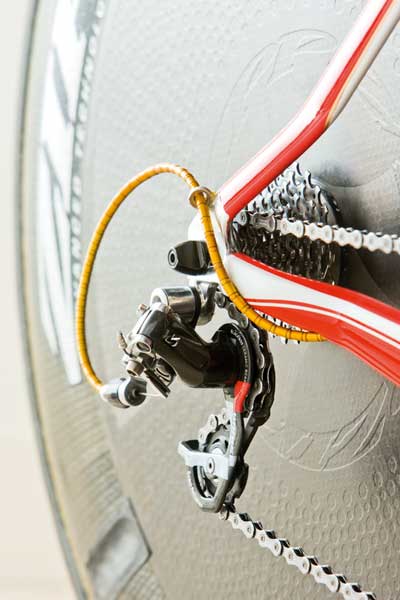
The rear mech cable is kept close to the frame and out of the wind. A minimal benefit but proves that no stone has been left unturned.

A wedged front mech can accomodate the large chainrings that Cancellara prefers. Note the Dura ace chain, used in preference to the SRAM chain.

Cables from the brake levers and gear shifters tuck neatly into the frame, only to reamerge where they're needed. The lucky dice are there to keep Cancellara's superstitions at bay.
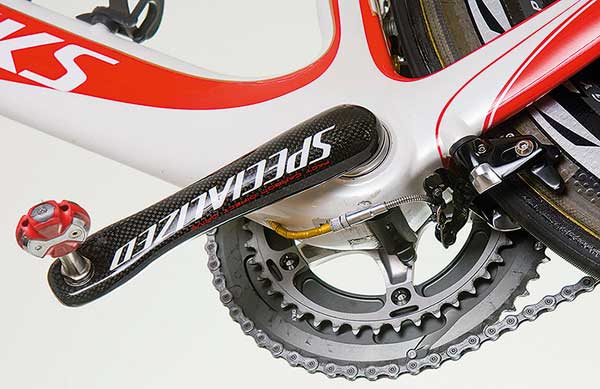
Cables come out of the frame here and go straight in to the rear brake caliper that's tucked below the chainstay.
Founded in 1891, Cycling Weekly and its team of expert journalists brings cyclists in-depth reviews, extensive coverage of both professional and domestic racing, as well as fitness advice and 'brew a cuppa and put your feet up' features. Cycling Weekly serves its audience across a range of platforms, from good old-fashioned print to online journalism, and video.